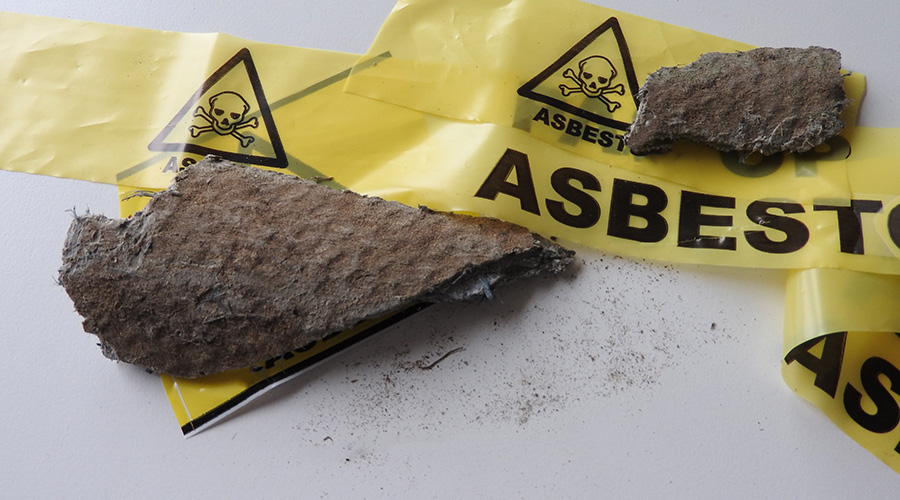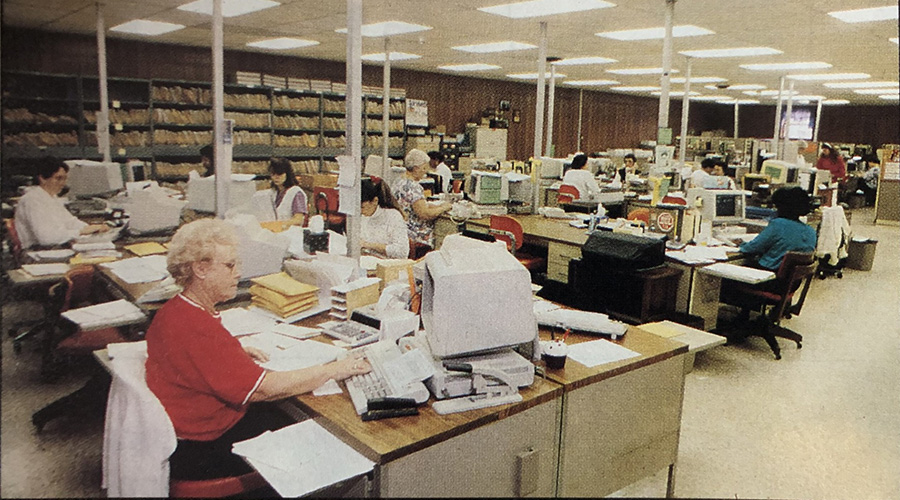ROI? NPV? FMs Who Know Which Method to Use Boost Odds of Project Approval
Finance is rarely the favorite subject of a facility manager. In a profession called on every day to solve problems and react to the demands of the workforce, the image of a firefighter often comes to mind, not that of an accountant. However, the demand for financial skills has never been greater. The last several years have shown that doing more with less is a career-long challenge, not just a temporary mindset. Financial skills in facility management are truly a core competency.
Amidst shrinking operational and capital budgets in facilities, facility managers have been faced with a new challenge over the last several years — financing sustainable initiatives.
How do facility managers change the way organizations manage their capital to encourage sustainability in capital purchases? Capital purchases, by definition, involve large sums of money that, from an organizational standpoint, might be perceived as better spent on something other than bricks and mortar. Facilities are an important asset of most organizations, but the people and profits are most often the focus of upper management. Therefore, when making the argument for a large capital purchase, facility managers would do best to link the purchase to positive long-term effects on the productivity and profit-making ability of the organization.
That's not an easy link to make. However, using financial tools that lead to the right conclusions about the impact on an organization's greatest assets — its people — will improve the success rate in getting sustainable capital projects underway.
Beyond Simple Payback
The first obstacle to overcome is the use of simple payback period to justify sustainable capital projects. While it is a good technique to make the first cut, it leaves much to be desired from an accounting standpoint. To make a more compelling business case, facility managers should look to the use of net present value and internal rate of return to make the case.
Most sustainable initiatives in facilities these days are justified on the basis of simple payback period. Simply put, it's the amount of time required to generate enough savings (usually in energy) to pay back the initial investment.
Although simple payback period is easy to estimate, it leaves out important financial considerations. First, it does not account for the time value of money. Second, once the payback period is reached, it ignores the continued monetary savings of the investment —often the most important part.
Consider a lighting retrofit that has a simple payback period of 18 months. Simple payback period “uses” the energy savings to justify the fact that the initial cash outlay will be returned to the owner in a mere 18 months — not a difficult concept to grasp or defend. However, remember that the fixture and lamp life is about seven to 10 years. The energy savings of the new system does not stop at 18 months. There are at least 66 more months (and possibly 102 more) of savings to account for. That's all positive cash flow.
From an accounting standpoint it is also important to consider some of the risks or potential negative monetary impacts of the retrofit. How about disposal costs at the end of service life? Hazardous materials? Increasing energy costs? Labor costs? These are all elements of life cycle that need consideration in any financial analysis.
Return on investment (ROI) is often used to evaluate capital investment and alternative options. ROI suffers the same limitations as simple payback period. Simple ROI is the “savings” generated by the investment over the initial cost, expressed as a percentage. ROI is still a simple calculation (essentially it's the inverse of the simple payback period). ROI uses financial gain to measure the success of the investment, whereas simple payback puts the same calculation into terms of the time required to realize a gain. ROI has several derivative calculations that can put it in line with an organization's financial philosophy. Other ROI derivations — return on assets, return on equity, return on capital employed — are all ratios that can be calculated based on a company's financial statements to evaluate its effectiveness in investing money. Most of these ROI tools require much more detail than can be presented here.
Regardless of the economic or financial tool chosen for a proper analysis, the facility manager should consider life-cycle costs of all potential options under consideration. By using more comprehensive financial tools and considering life-cycle costs, the facility manager is positioned to make better business cases for sustainable capital investments.
TIPS
Making a Better Business Case
1. Use simple payback period only as the “first cut” in determining if the magnitude of the payback period for the sustainable project will be palatable to the organization (but do not reject an option until you have looked a bit further).
2. Evaluate all of the life-cycle costs of sustainable capital purchases. Be sure to include all hard and soft design and installation costs, operations and maintenance costs, utilities, and salvage or disposal costs, including any environmental costs. Net present value calculations have the advantage of accounting for escalating or declining life-cycle costs such as energy (potentially escalating) and efficiency (potentially declining) over the life of the asset.
3. Determine the organization's financial accounting philosophy and methodology. Get to know the CFO. Speaking the language of finance within the organization will enhance a facility manager's ability to show the long-term effects of capital investments.
4. Where possible, capture any productivity improvements, operational enhancements and other intangible benefits of sustainable capital purchases. These are most difficult to come by but should not be ignored. The facility manager should have the best handle on the long-term productivity improvements in the workplace. There is starting to be more scientific evidence of productivity enhancements due to better air quality, more effective lighting, more pleasing work settings, better use of technology, and other soft benefits.
Following these steps is no guarantee that a facility manger will improve the success rate of getting projects approved through the capital budgeting process, but not accounting for these basic financial concepts will virtually guarantee that projects will not get a second look.
— Christopher Hodges
|
Related Topics:












